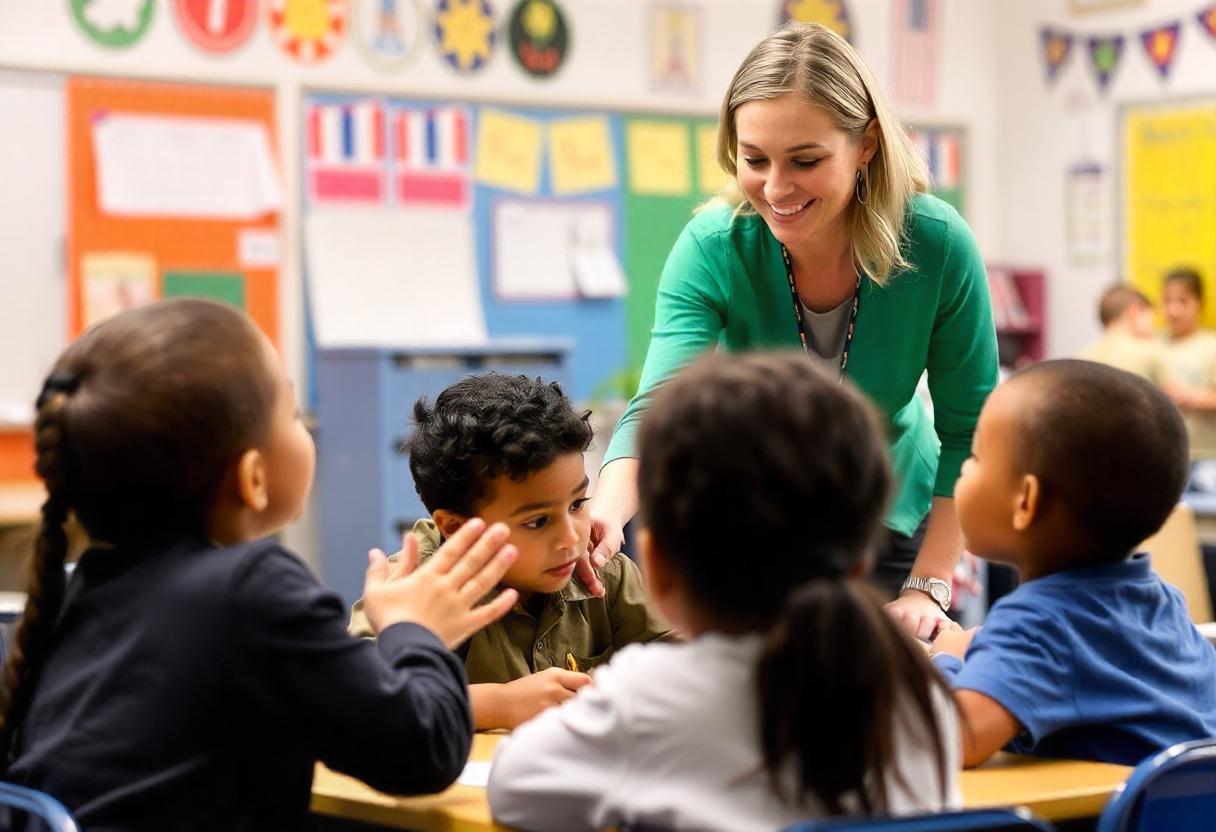Positive Discipline Strategies: How to Encourage Good Behavior Without Punishment
Discipline is an essential part of parenting, but many parents struggle with how to enforce rules without relying on punishment. While traditional methods like time-outs or taking away privileges can sometimes work, they don't always address the root cause of the behavior. Positive discipline offers a different approach, focusing on teaching, guiding, and fostering long-term good behavior by encouraging mutual respect and collaboration. Here's how you can encourage good behavior using positive discipline strategies.
1. Focus on Connection, Not Control
Before addressing a child's behavior, focus on building a strong relationship. Children are more likely to listen and cooperate when they feel connected to their parents. Prioritize spending quality time with your child, listen actively to their concerns, and empathize with their emotions. When they feel understood and valued, they are more likely to behave in ways that foster harmony.
Tip: Dedicate 10-15 minutes a day to one-on-one time, allowing your child to lead the activity. This can strengthen your bond and build trust, making discipline more effective.
2. Set Clear Expectations and Boundaries
Children need to understand the limits and rules in place, as well as the reasons behind them. Be consistent and communicate your expectations clearly. Instead of assuming your child knows what's expected, spell it out in age-appropriate terms.
Tip: Use positive language to set boundaries. Instead of saying, “Don’t run inside,” say, “Let’s walk when we’re indoors.” This shifts the focus from what not to do to what is acceptable.
3. Use Natural and Logical Consequences
Punishments often feel arbitrary to children and may lead to resentment. Instead, allow natural or logical consequences to occur. Natural consequences happen as a direct result of the child's actions (e.g., if they forget their homework, they may face consequences at school). Logical consequences are imposed by the parent but are directly related to the behavior (e.g., if a child draws on the wall, they must help clean it up).
Tip: When implementing logical consequences, remain calm and empathetic. The goal is to teach responsibility, not to make the child feel ashamed.
4. Teach Problem-Solving Skills
Rather than simply telling children what not to do, teach them how to handle difficult situations. This involves guiding them through problem-solving strategies that help them manage emotions, resolve conflicts, and make better decisions in the future.
Tip: When a conflict arises, ask your child questions like, "How do you think we can solve this?" or "What could you do differently next time?" This helps them take ownership of their actions and develop critical thinking skills.
5. Offer Choices to Empower Your Child
Giving children limited choices fosters a sense of autonomy and responsibility. By offering choices, you're allowing them to have some control over their actions, which reduces power struggles and increases cooperation.
Tip: Keep the choices simple and reasonable. For example, “Would you like to clean up your toys now or after dinner?” This encourages decision-making while still guiding behavior.
6. Model the Behavior You Want to See
Children learn by observing their parents. If you model respectful, kind, and patient behavior, your children are more likely to emulate those qualities. This extends to how you handle your own mistakes—if they see you apologize when you're wrong or remain calm in stressful situations, they'll learn to do the same.
Tip: If you raise your voice or act in frustration, acknowledge your mistake and apologize. This teaches accountability and shows your child that it’s okay to make amends.
7. Use Positive Reinforcement
Acknowledge and celebrate good behavior when you see it. Positive reinforcement, like praise or rewards, can motivate children to repeat the behavior. However, it’s important to be specific about what you're praising, so they understand exactly what actions are being reinforced.
Tip: Instead of a generic “Good job,” say, “I really appreciate how you shared your toys with your sister today. That was very kind.” This type of praise helps children understand the behavior they should continue.
8. Help Them Manage Big Emotions
Many behavioral issues stem from a child’s inability to manage their emotions. Teach your child emotional regulation by helping them identify and express their feelings in appropriate ways. This can prevent meltdowns and aggressive behavior while building emotional intelligence.
Tip: Create a “calm-down corner” with soothing toys or books where your child can go when they feel overwhelmed. Encourage them to take deep breaths and talk about their emotions once they are calm.
9. Be Consistent but Flexible
Consistency is key in positive discipline. Children thrive on routine and knowing what to expect. However, it’s also important to remain flexible and adapt to your child’s changing needs or unique circumstances.
Tip: If a particular strategy isn’t working, don’t be afraid to try something new. Parenting is about growth, both for you and your child, and each family dynamic is different.
10. Encourage Effort Over Perfection
Rather than focusing solely on the end result, encourage your child to value effort, persistence, and growth. This mindset not only builds resilience but also helps children understand that mistakes are a natural part of learning.
Tip: When your child is struggling with a task, offer encouragement like, “I see you’re working really hard on this. Keep going!” This boosts their confidence and keeps them motivated to try their best.
Conclusion: Discipline as a Learning Opportunity
Positive discipline is not about being permissive or avoiding consequences; it’s about guiding children in a way that fosters respect, responsibility, and long-term success. By using strategies that focus on teaching rather than punishing, you not only encourage good behavior but also strengthen your relationship with your child. Discipline becomes a pathway for growth, both for the child and for the parent, leading to a more peaceful and respectful home environment.
